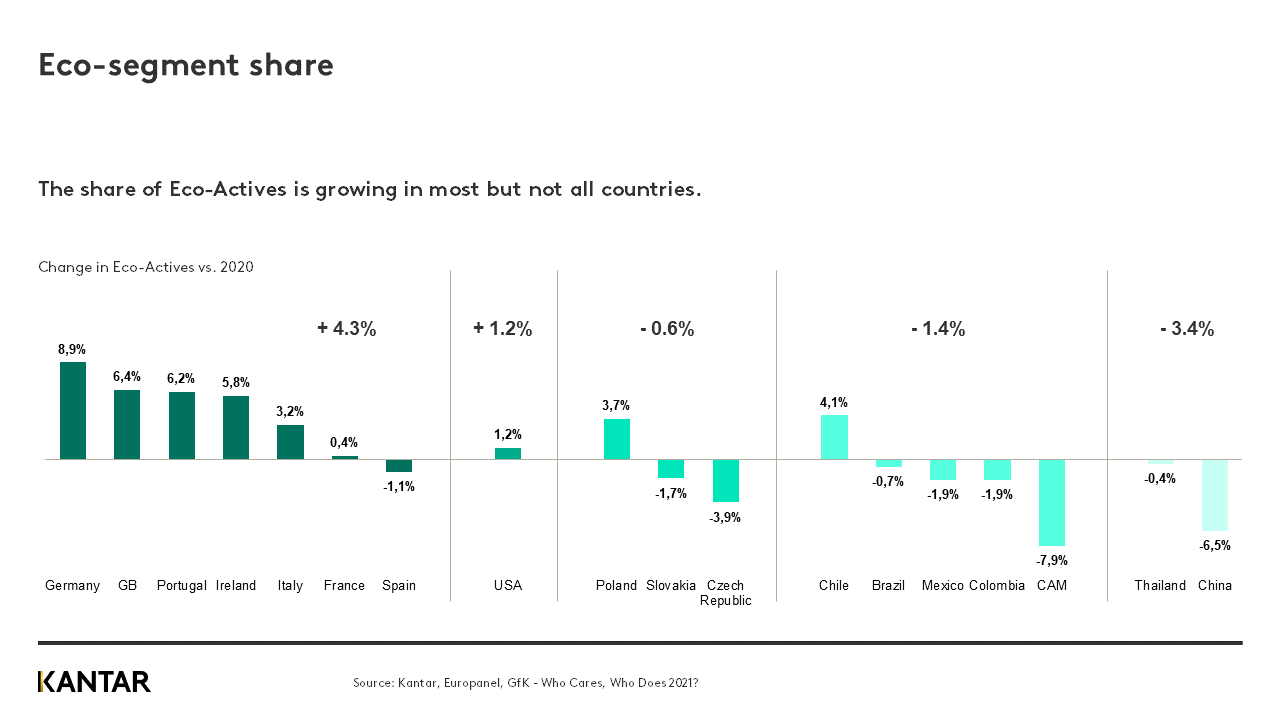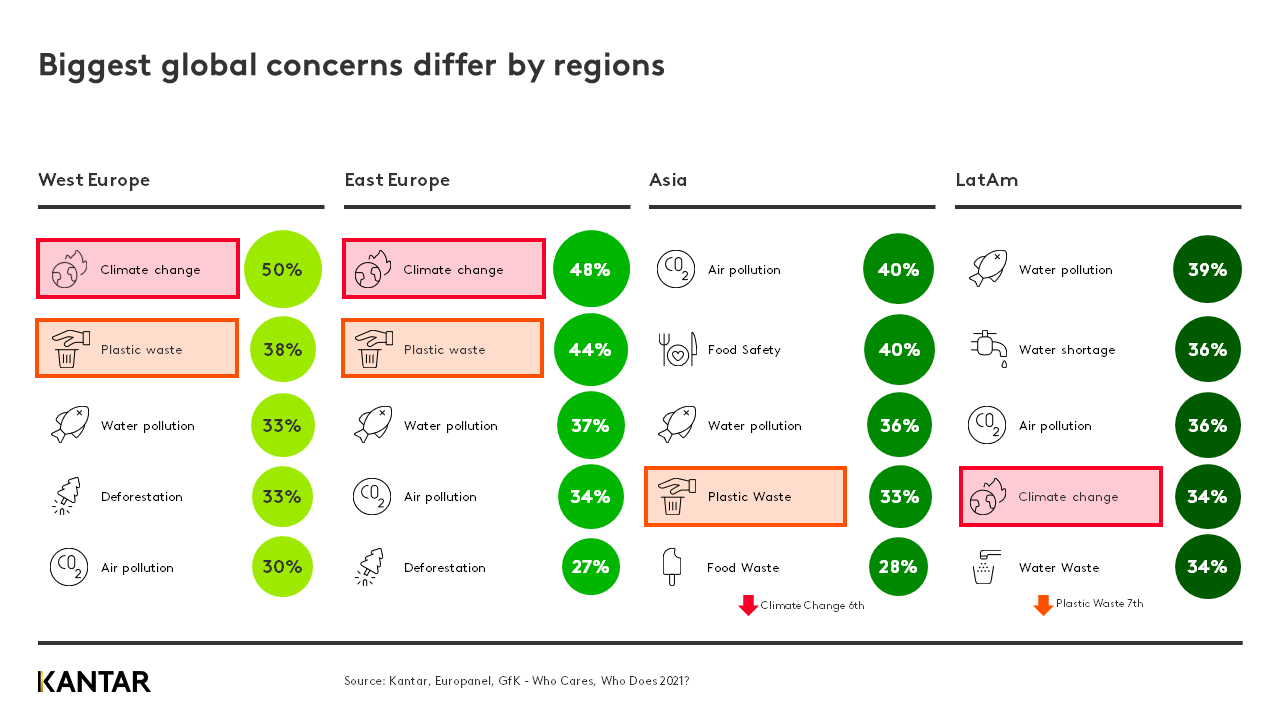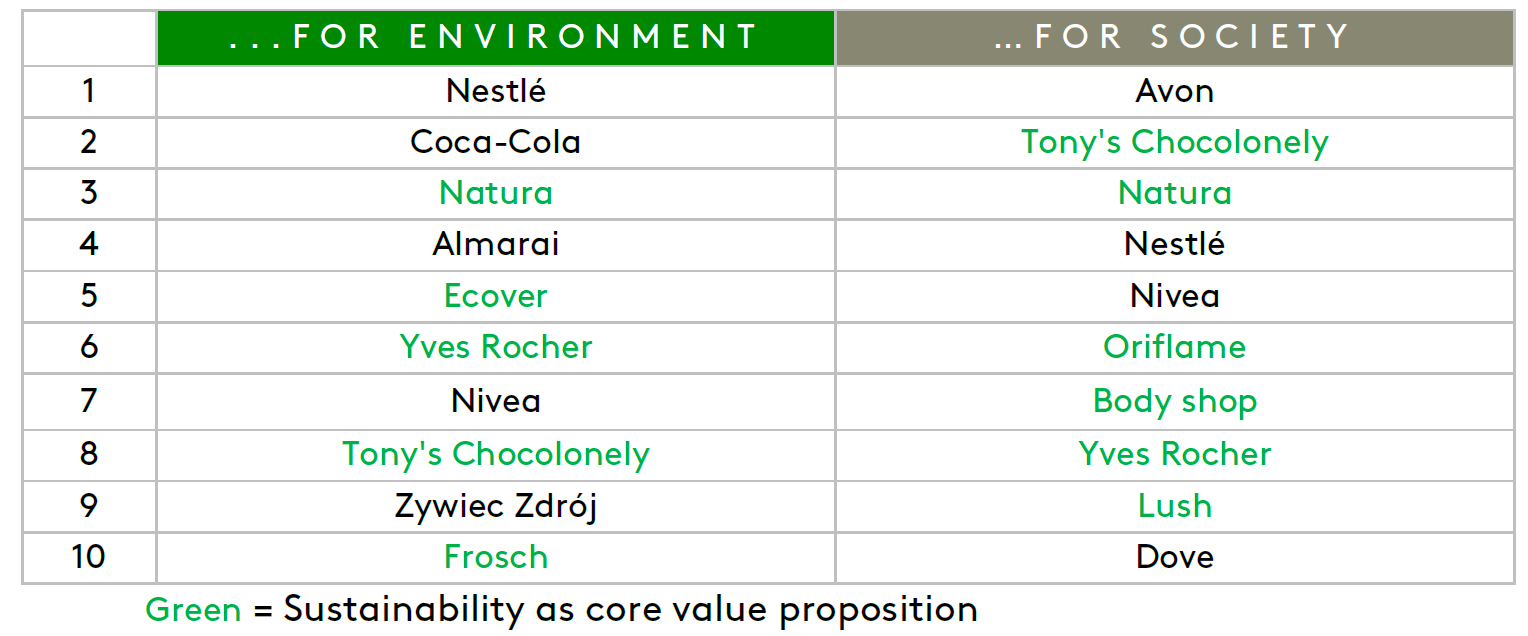Children are the most important influencers in making our daily household shopping habits more environmentally responsible. Who Cares, Who Does?, our new sustainability study, finds that almost half of households (49%) say the COVID-19 pandemic has made sustainability even more important to them.
The percentage of ‘Eco-active’ households has grown from 16% in 2019 to 22% in 2021. Family, mostly children, were identified as the biggest influence (36% of respondents), after product packaging, in shifting habits, according to the global study.
The Who Cares, Who Does? study segments households into three categories based on their actual behaviours:
- Eco-actives (22% of households): Shoppers who are highly concerned about the environment and are making the most of actions to reduce their waste.
- Eco-considerers (40% of households): Shoppers worried about the environment and plastic waste but are not taking many actions to reduce their waste.
- Eco-dismissers (38% of households): Shoppers who have little or no interest in the environment and are making no steps to reduce waste.
The study, in its third year, found that the Eco-active segment has grown six percentage points over the past two years, to account for 22% of global households. Our experts project this segment will grow to 40% of all households over the next five years, and more than half of households by 2029. We estimate FMCG/CPG shopping by Eco-actives will total $446 billion in 2021, up $70 billion vs 2020, and forecast this segment will grow to $925 billion by 2026 – a compound annual growth rate (CAGR) of 15.7%, growing more than five times faster than the grocery market as a whole.
Who is the Greenest?
Germany has the largest Eco-actives segment, accounting for 46% of households in 2021, followed by Belgium and Hungary. At just 7% of households, Saudi Arabia is the country with the lowest penetration of Eco-actives. Of the more economically advanced countries, the Netherlands and the United States have the lowest incidence of Eco-actives.
Most developed countries have higher share of eco-actives

We also asked consumers to identify their major sustainability concerns and their major barriers to acting sustainably. The table shows the top concerns and barriers.
Environmental concerns and barriers


With many brands already focusing on their sustainability credentials, consumers have a perspective on which brands do a lot for society. The top 10 brands recognised by consumers for their environmental and societal impact are illustrated in the table below.
Environmental brand perception

Eco-actives are driving growth for brands that embrace sustainable strategies. As a segment, the Eco-active market will grow five times faster than the overall grocery market, so building a competitive advantage through your sustainability strategy represents a major opportunity for brands. Companies that get it right will reap the rewards, those that fail to act risk turning away a growing number of shoppers. Two-thirds of all shoppers have stopped purchasing a product or service which has a negative impact on the environment at least once.
For retailers, there is a much more to do. Only 44% of shoppers are somewhat or very satisfied what is offered in stores to help them be more sustainable. A good choice of local products and affordable options are the most important sustainability factors shoppers consider when choosing a store for their shopping. Fewer people are looking for a specific ‘sustainable section’.
The Who Cares, Who Does? study interviewed 88,000 respondents in 26 countries, and is accompanied by a webinar summarising the findings.




